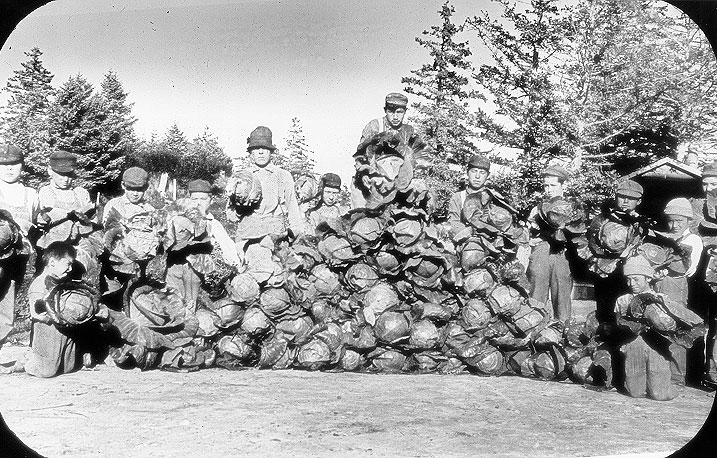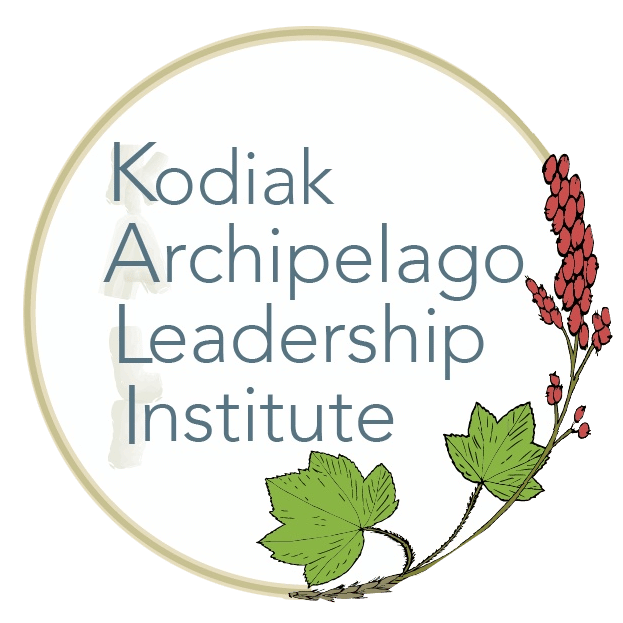
Contact
Gwen Sargent
Executive Director
Tangirnaq Native Village
info@woodyisland.com
907-486-9872
“It started with talk about the Hydroponic farming solutions, now more than five years ago and it’s exciting that the new food cabinet and system arrives in two weeks, March 2021. It’s fantastic to be on the cutting edge of this project and to work with the KALI Team.”
Shelley Peterson, Tangirnaq Native Village Administrator

